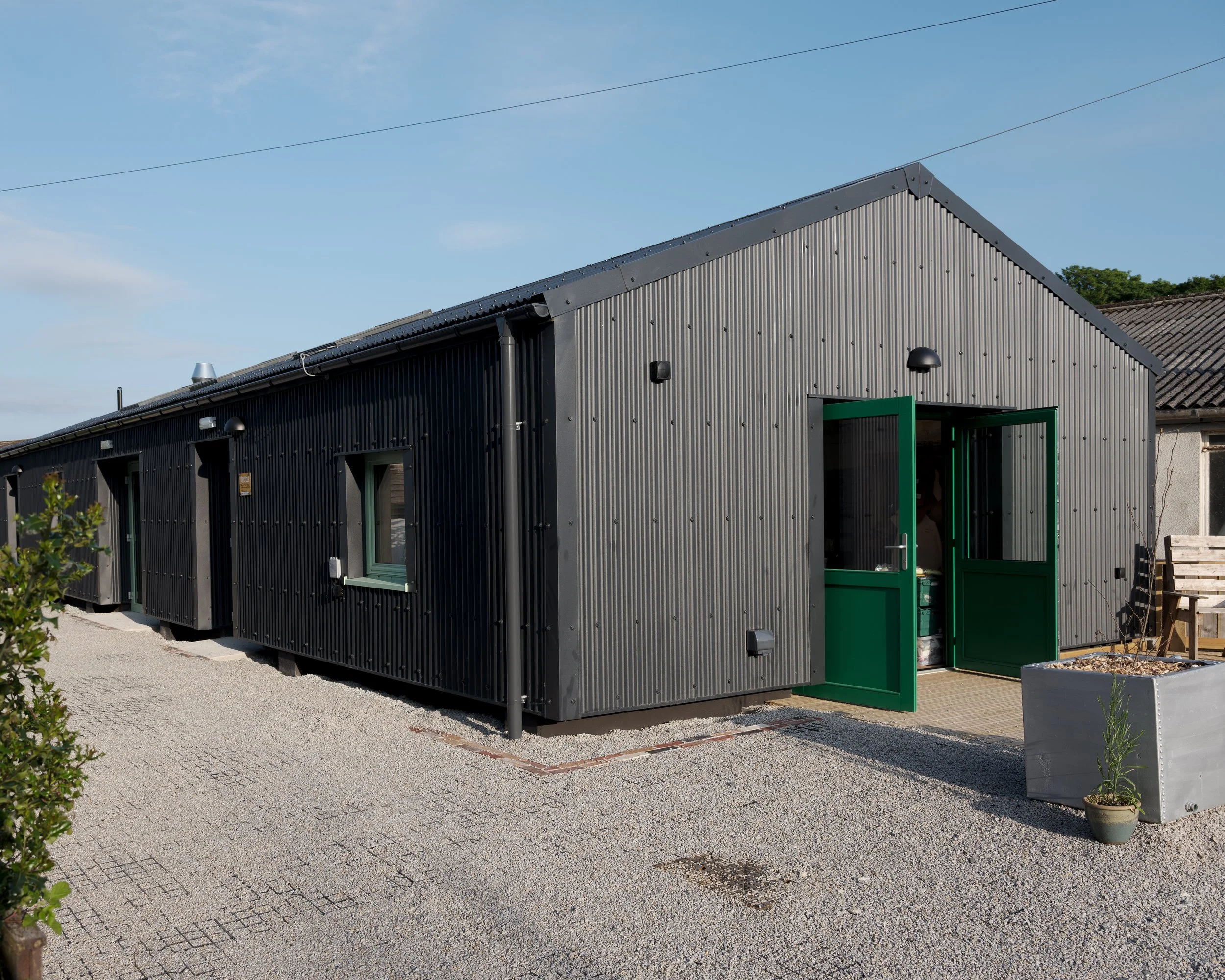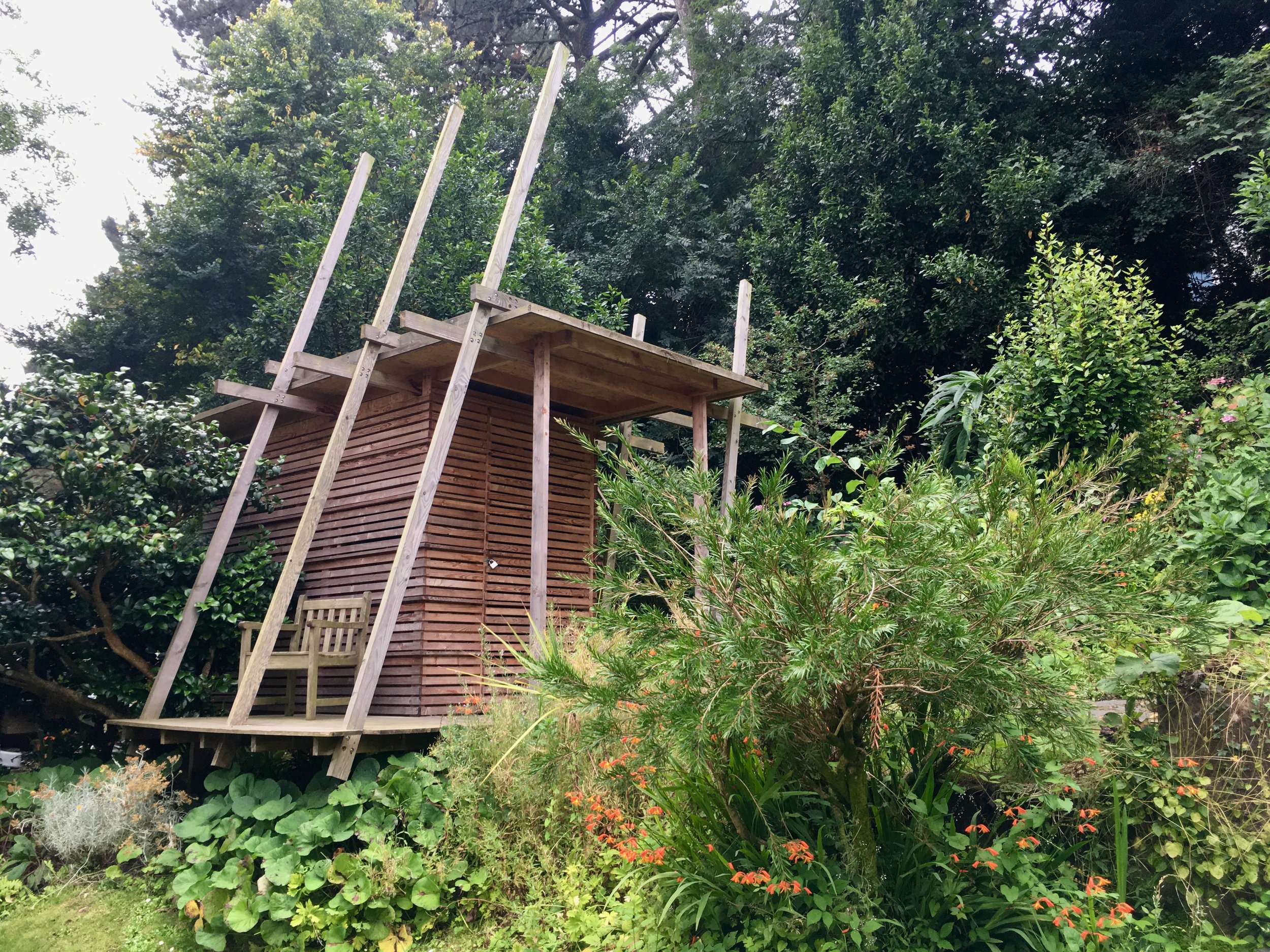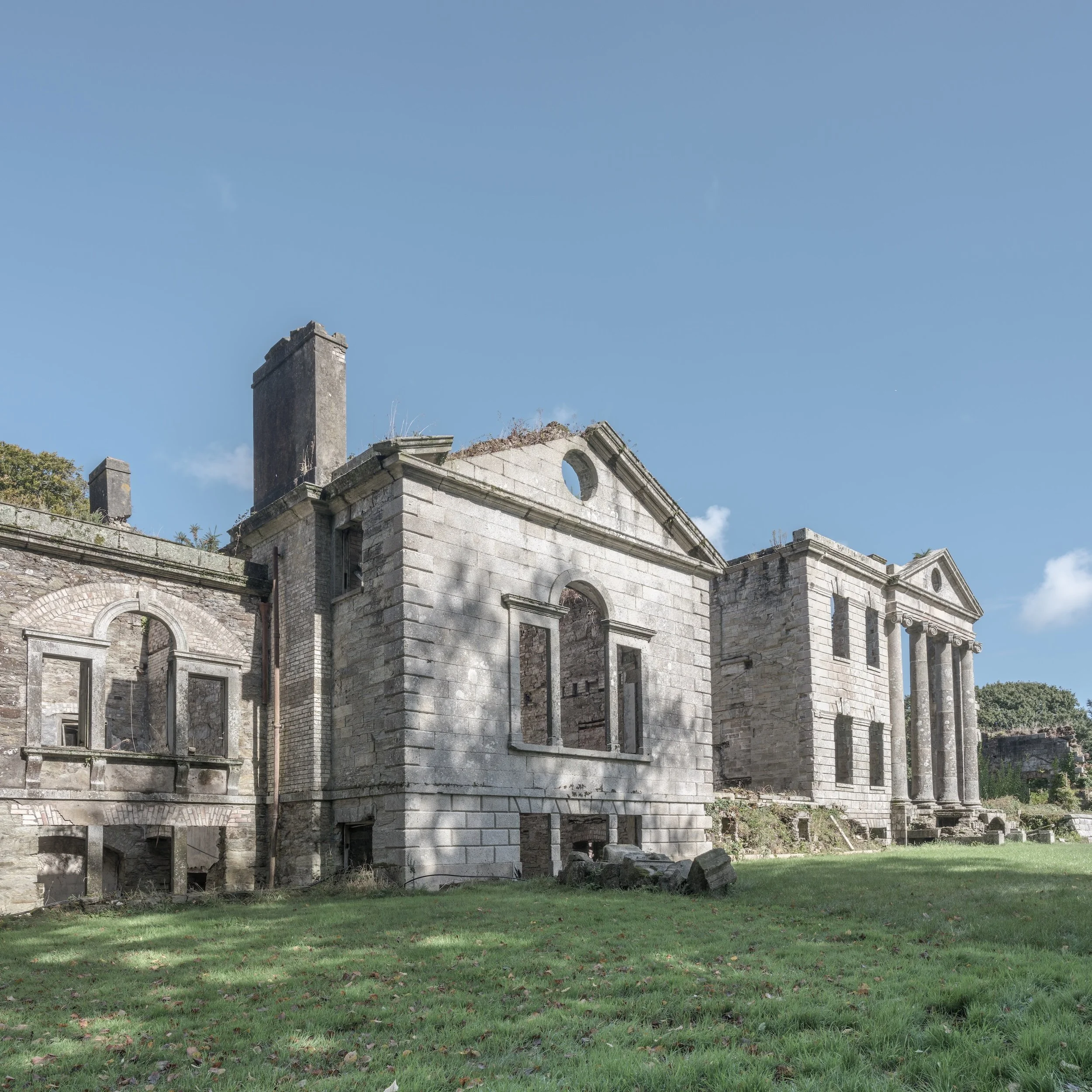our approach
At Crow Architecture we work with individuals, organisations and communities to create places that redefine how we contribute to the world. We’re always looking to help you Conserve, Adapt and Thrive –unearthing your projects’ potential and rebalancing its relationship with its environment, locally and globally.

Veranda to 1930s home © David Prior

Upcycle Kernow - light filled workshop © image: David Prior

Upcycle Kernow - © image:David Prior

Self build shed inspired by Walter Segal method

Deep Retrofit of 1930s home © image: David Prior

View from the living room of deep retrofit of 1930s home © David Prior
CONSERVE
When it comes to the places we live in, demolition should be the last resort. We start by assessing a building’s social, environmental and economic value, before identifying the right conservation principles and regenerative processes to conserve and reshape it.
ADAPT
Once we understand a place and its relationship to its environment, we look at ways we can adapt it to create a space that sustains you and regenerates the wider ecosystem at the same time.
THRIVE
We develop buildings that co-evolve with the natural environment. Using circular economy principles, we rethink waste, reuse, recycle and repurpose wherever possible – which all contributes to a resilient future where all species can thrive.
The built environment has a huge role to play in rebalancing our changing climate. Our practice takes inspiration from the finely tuned ecosystem, discovering and implementing ways to adapt the places we have for the climate we live in.
Whether a heritage project looking for a sustainable future, a community-led build or a whole building retrofit, we focus on helping people who want to make the most of what’s already there, developing projects that respect the integrity of nature and restore places for future generations.
We believe in being good ancestor's and will work with you to create places that respond to the climate challenge while leaving a positive legacy for future generations. We understand that while many people want to make a difference, the path forward isn’t always clear. That’s where we come in.
By building strong relationships and sharing our expertise, we guide individuals and communities in finding practical solutions to conserve, adapt, and thrive.
our projects
The changing climate is one of the biggest challenges of our time. We offer a direct response: aimed at creating sustainable spaces that transform how we work, live and play, to positively contribute to our delicately-balanced ecosystem.

Contact
Whether it’s a community initiative, a regenerative adaptation, a domestic retrofit, or a heritage project, we’re eager to work with people who want to develop places that are more ecologically resilient.




